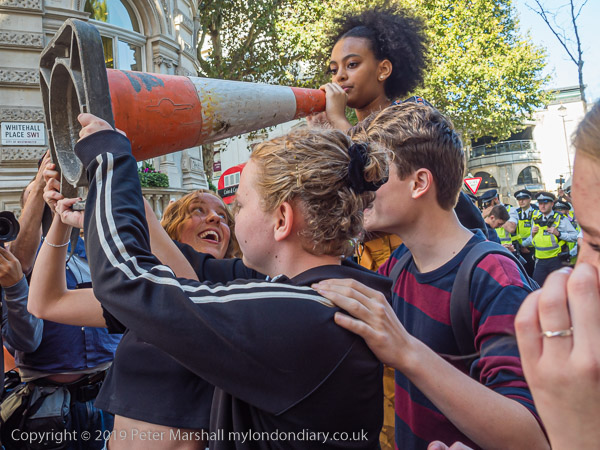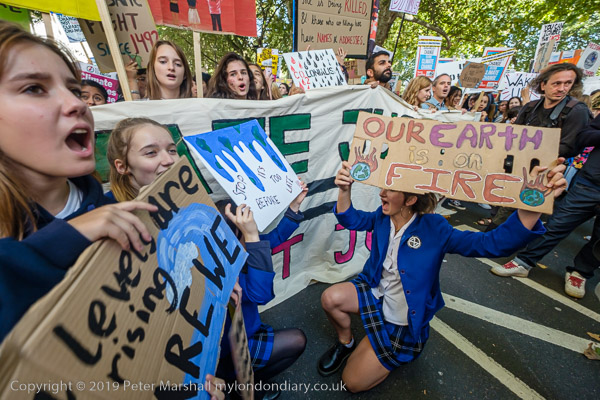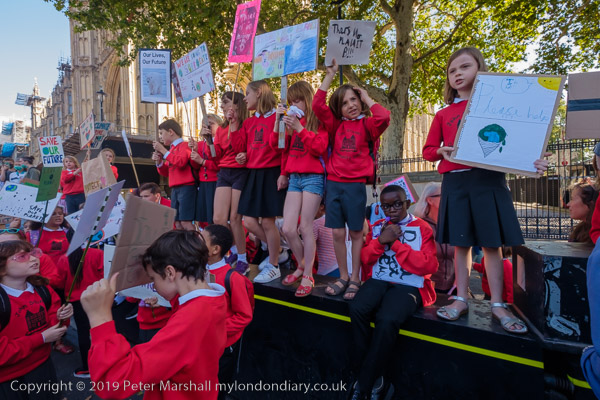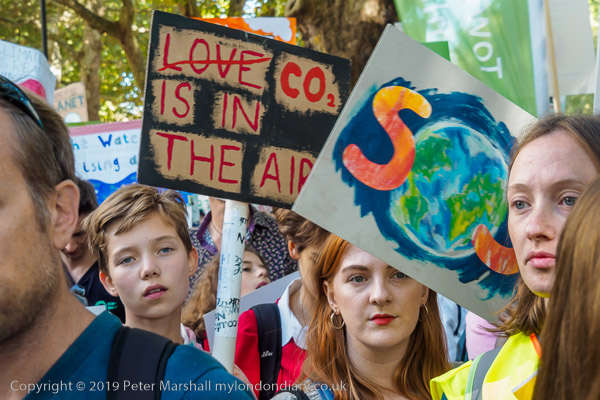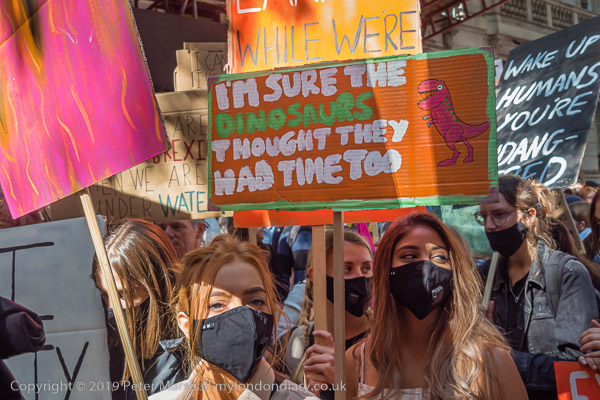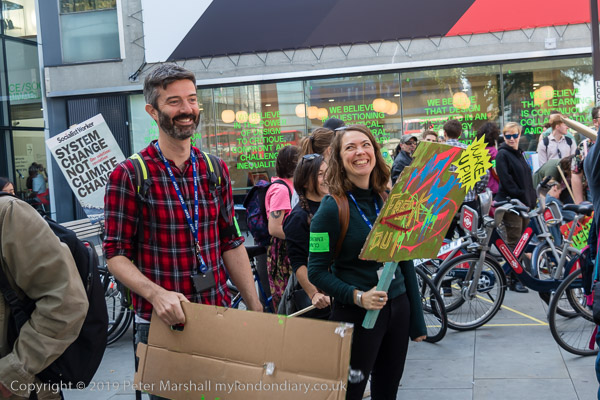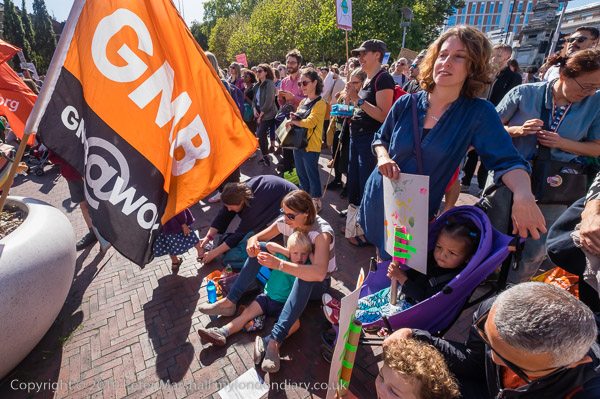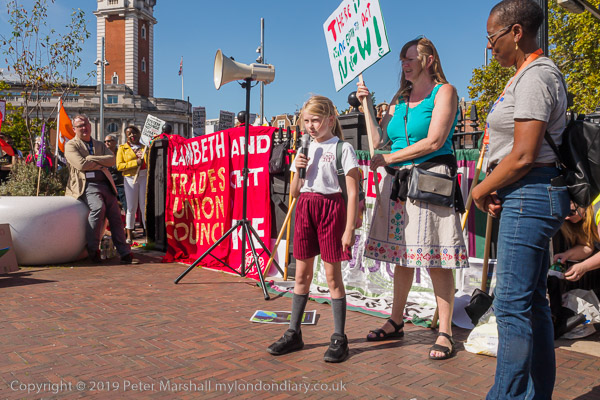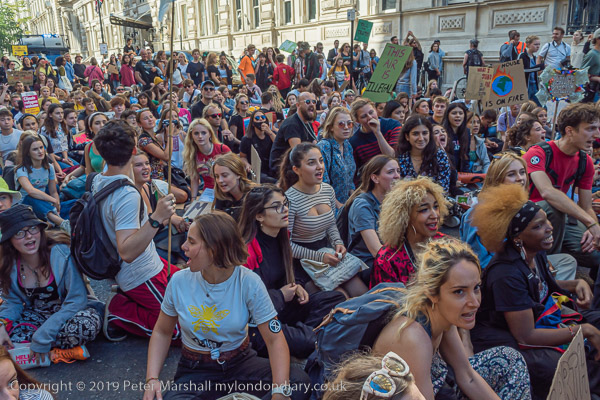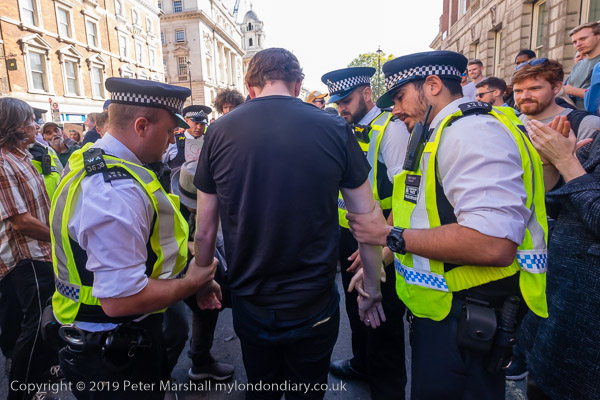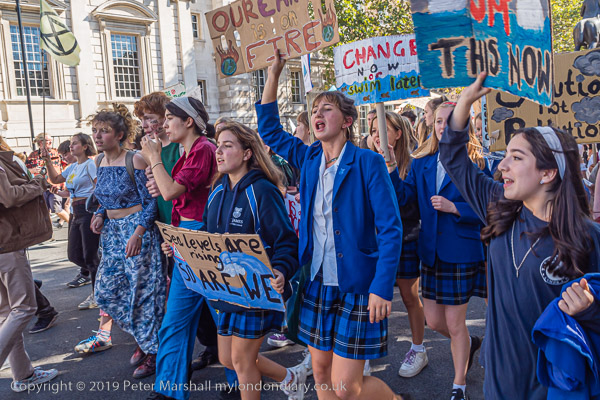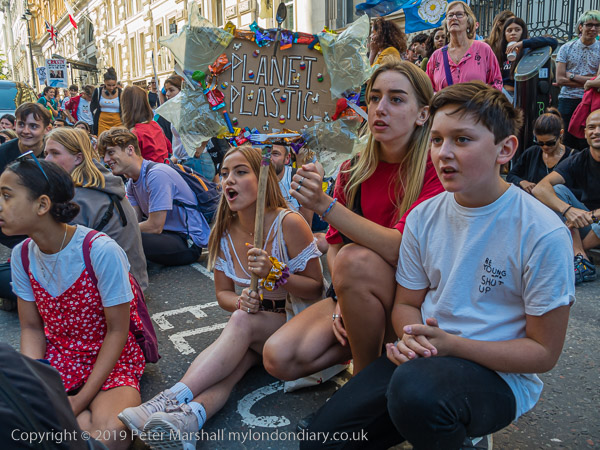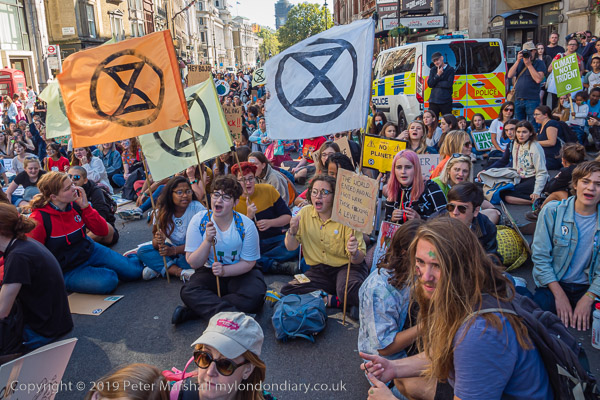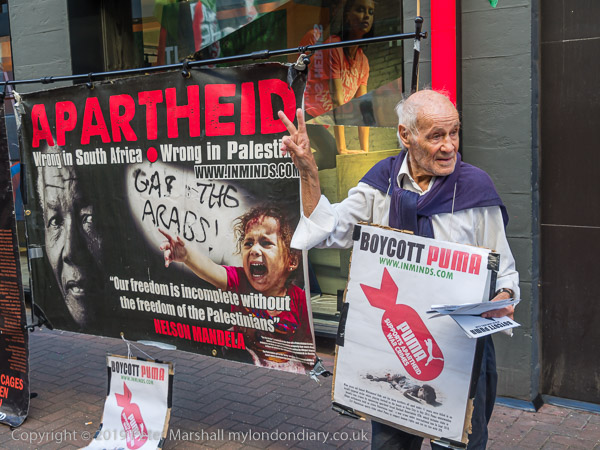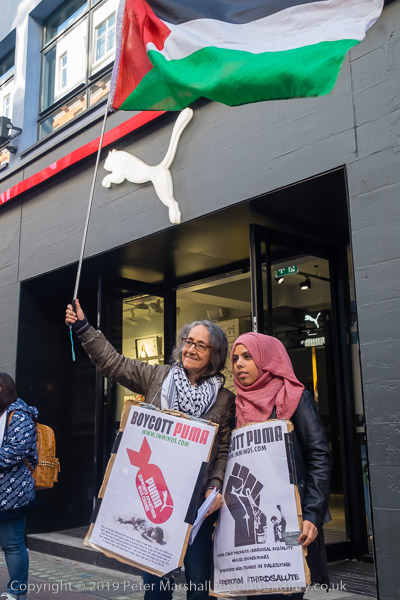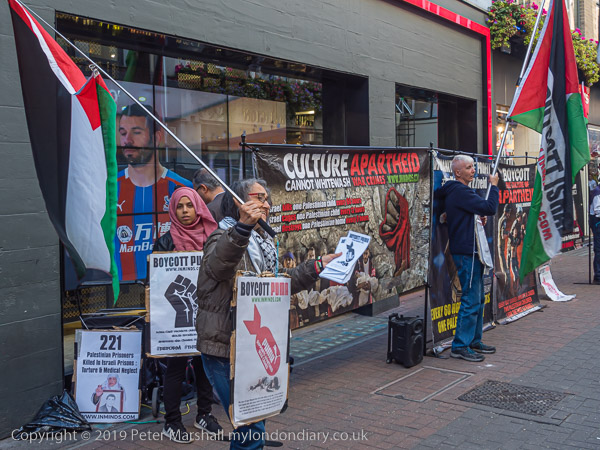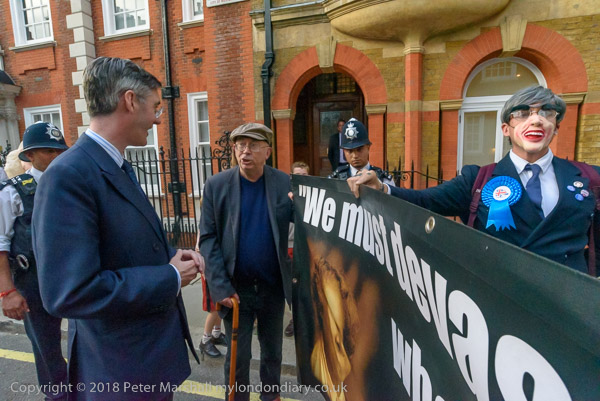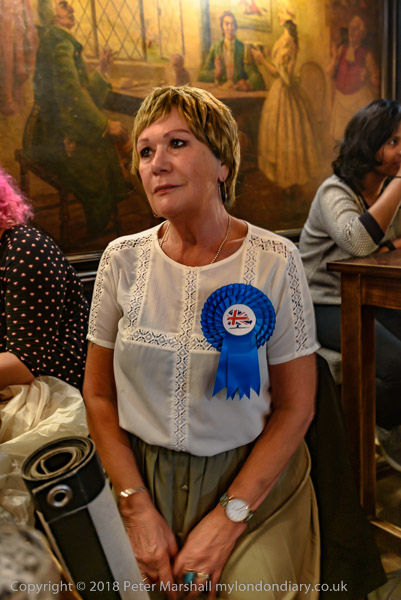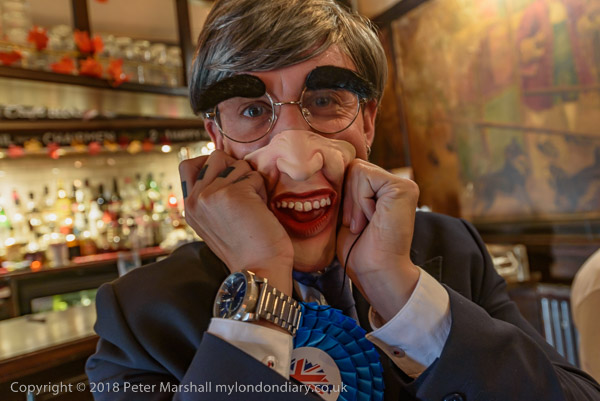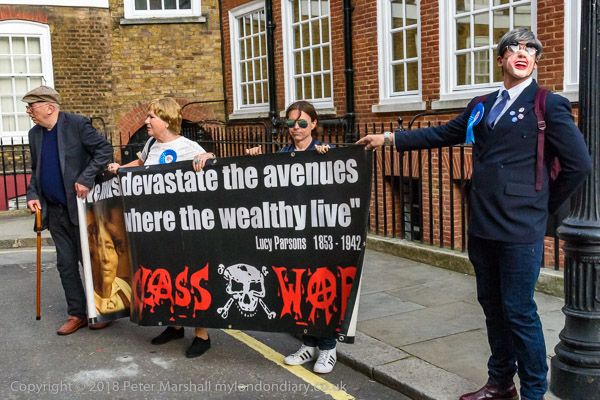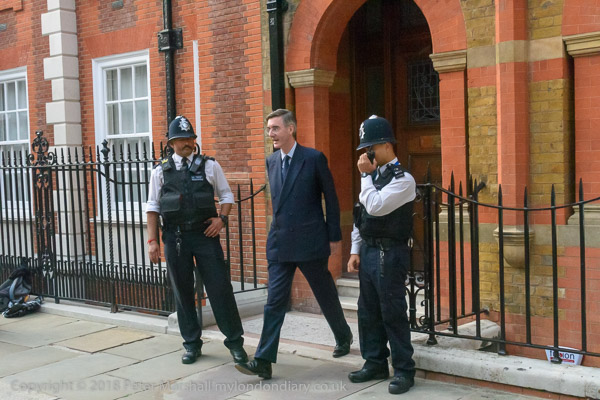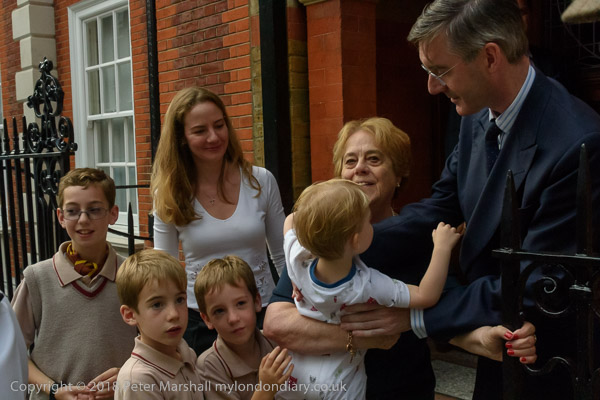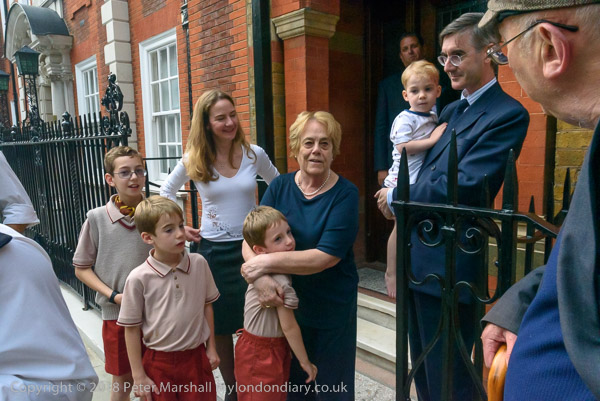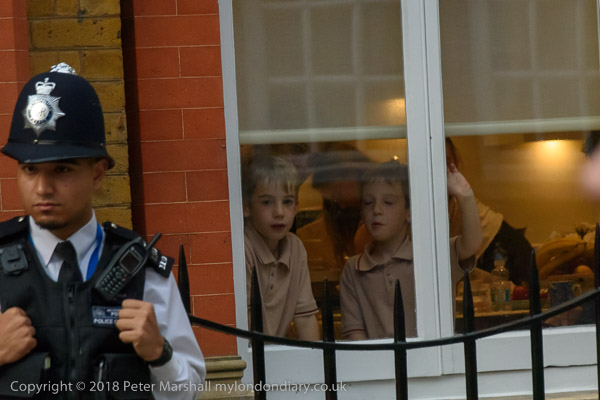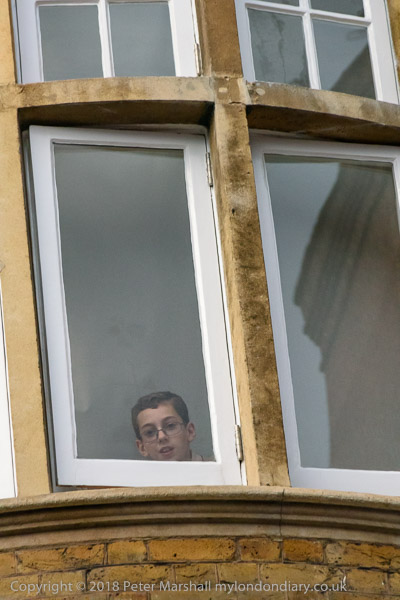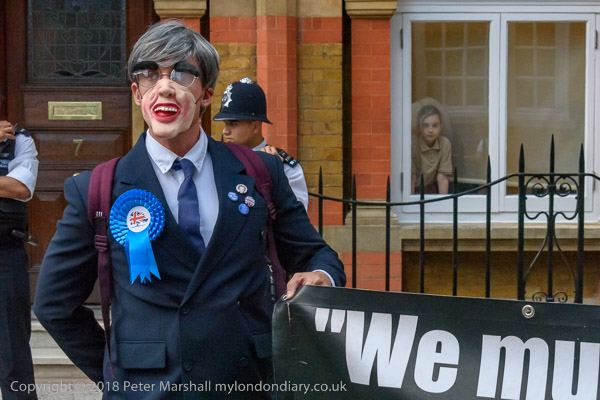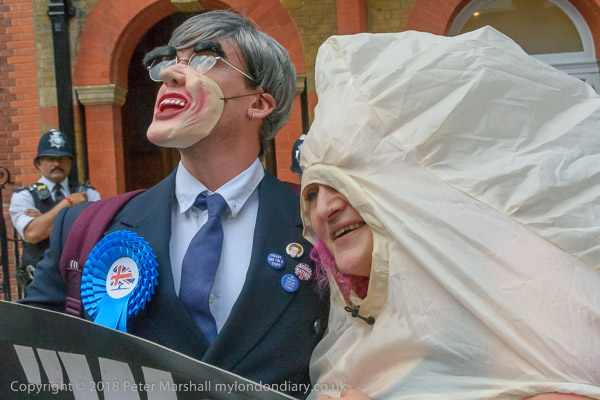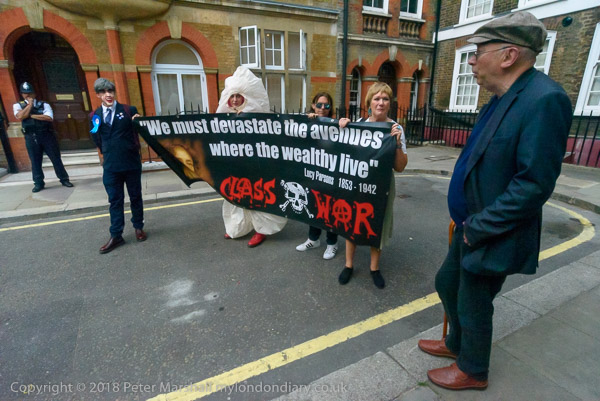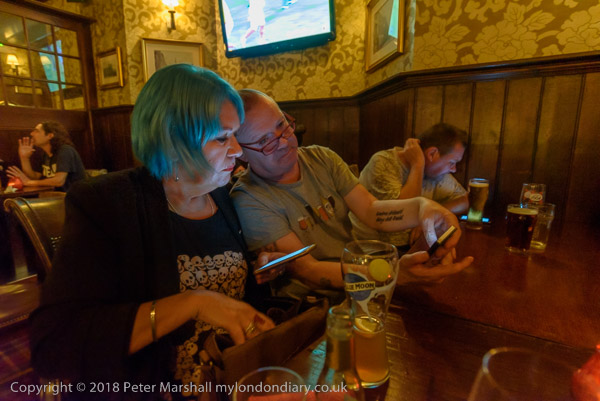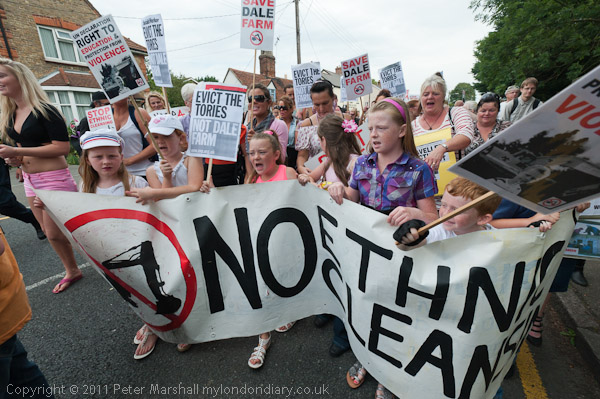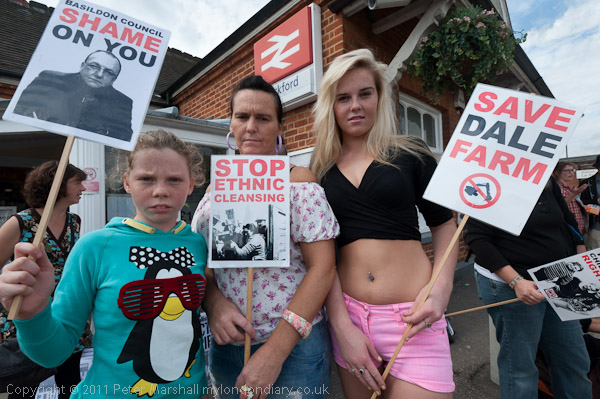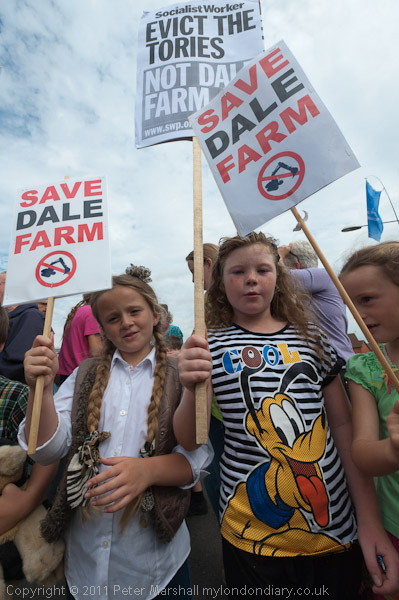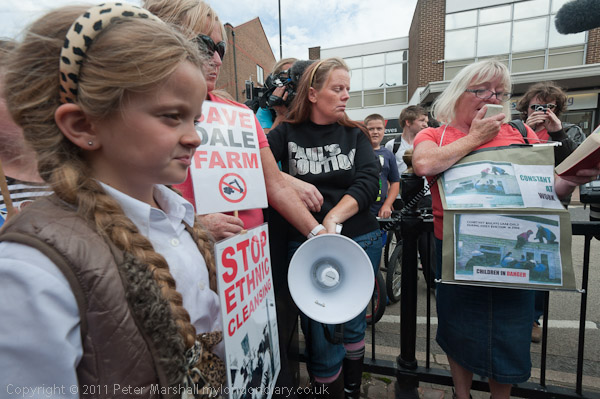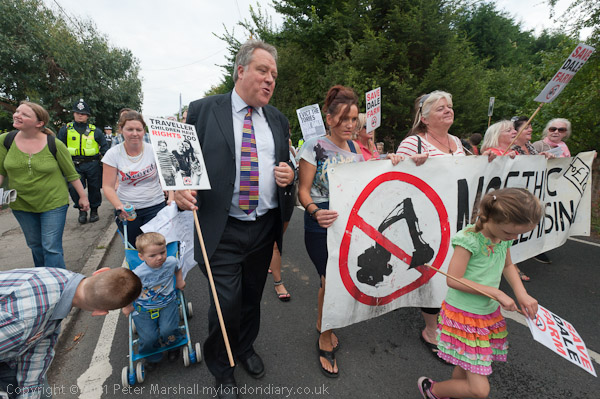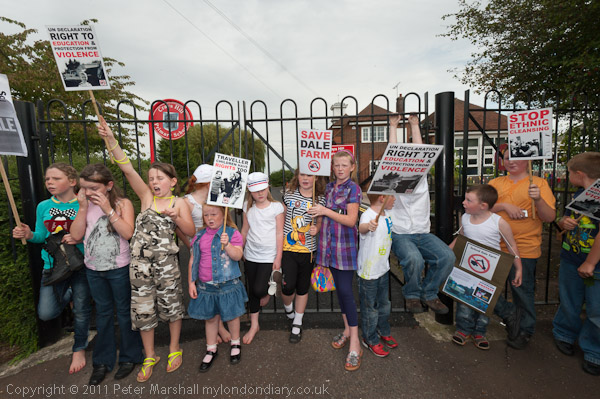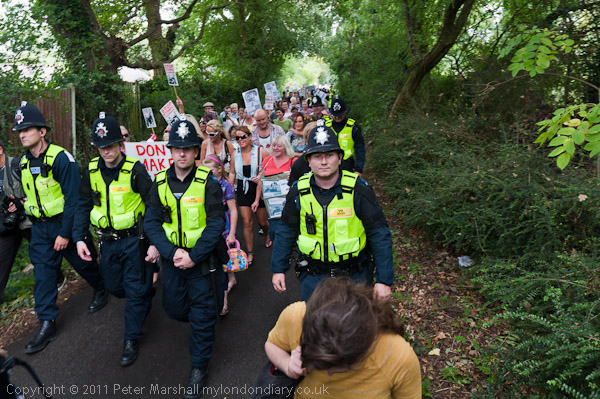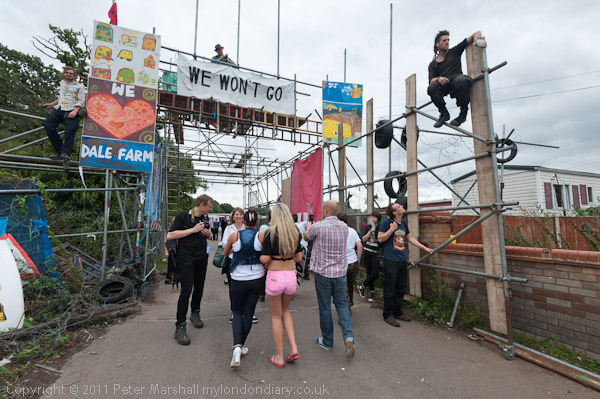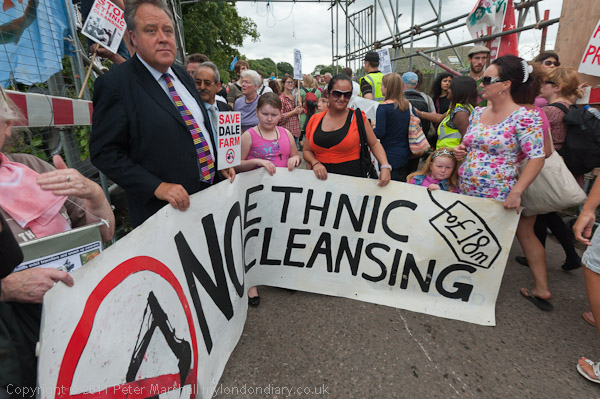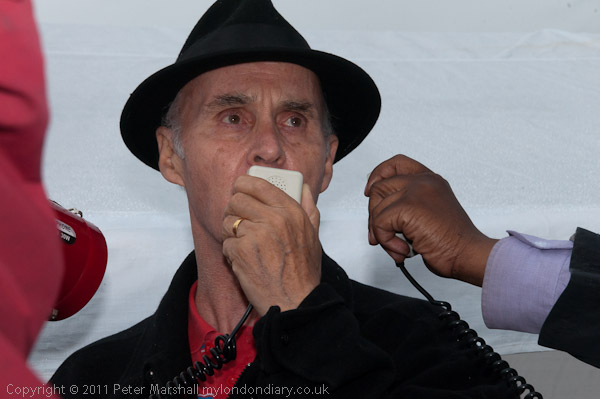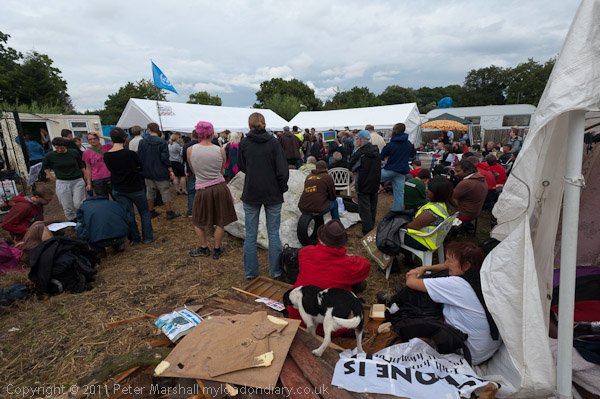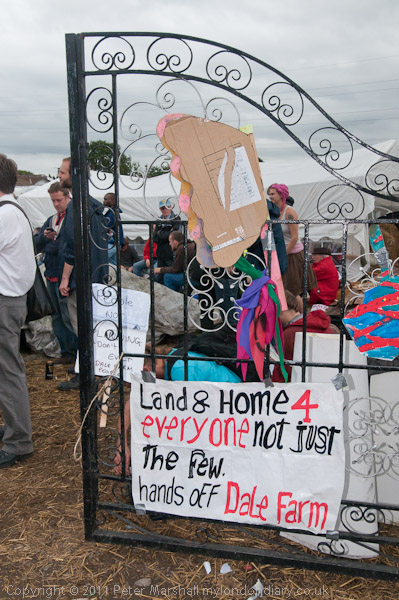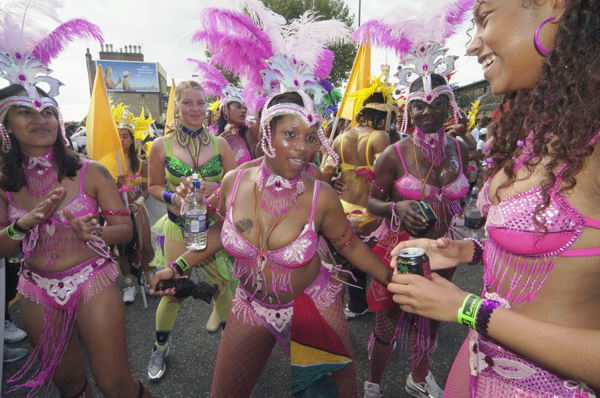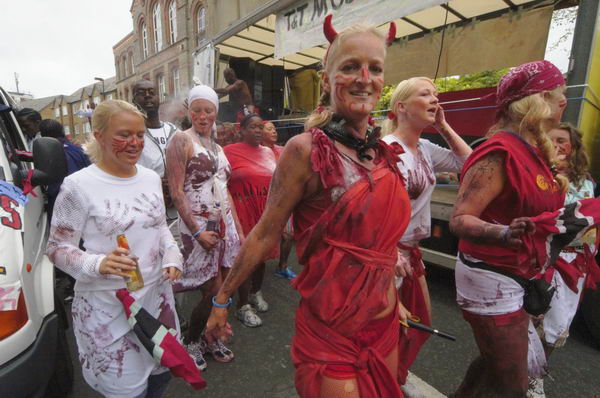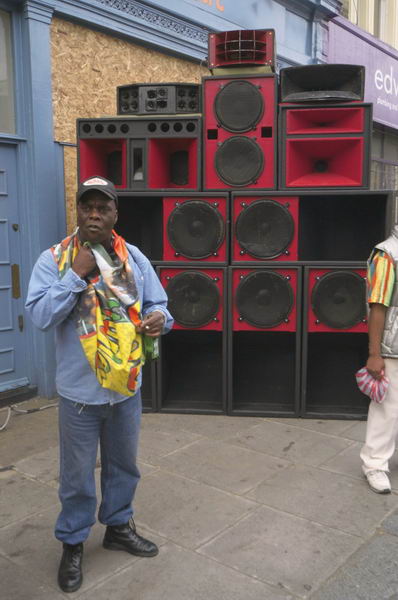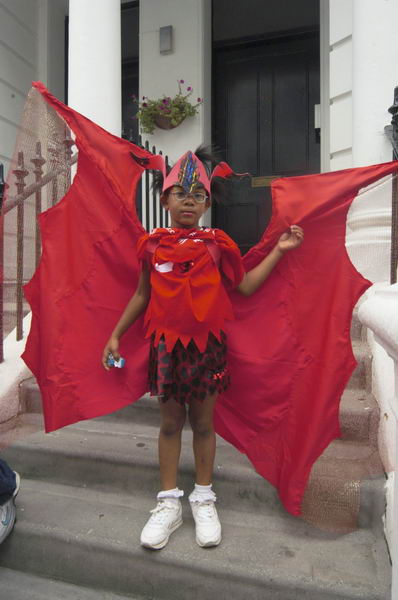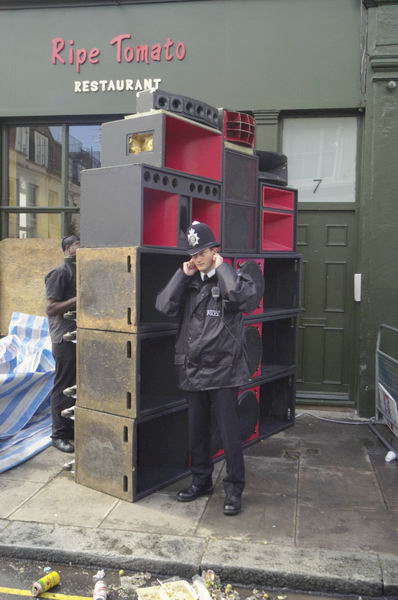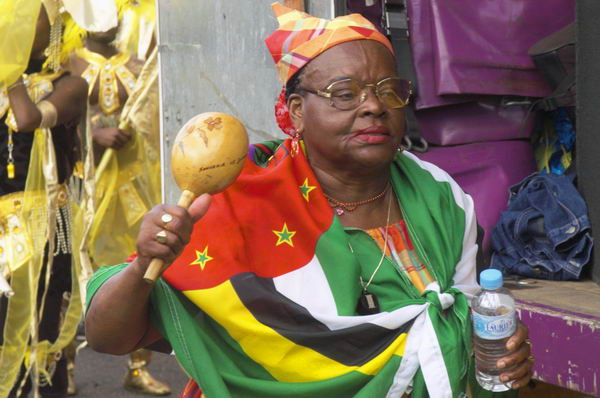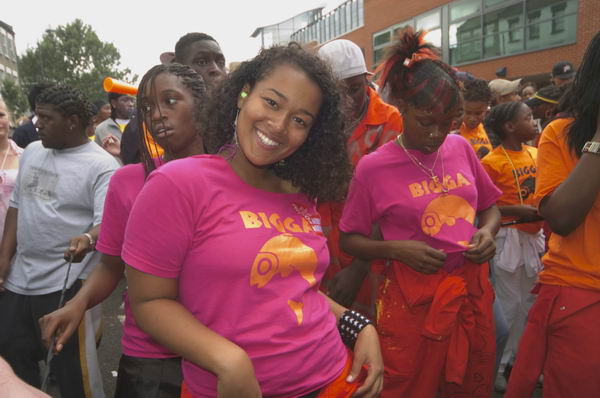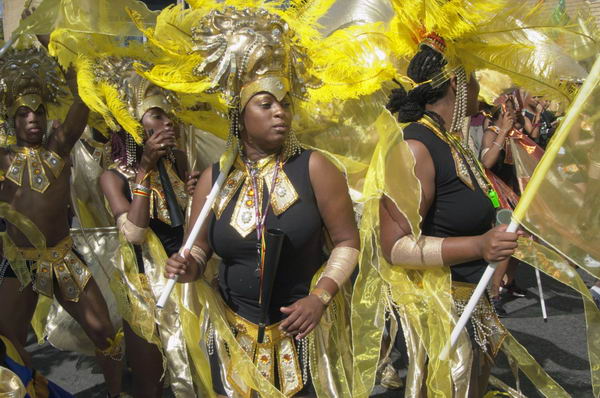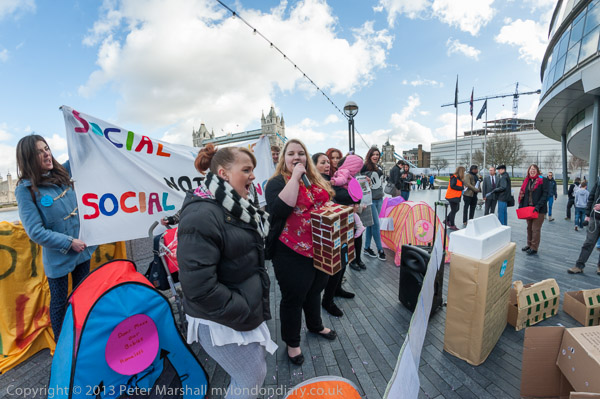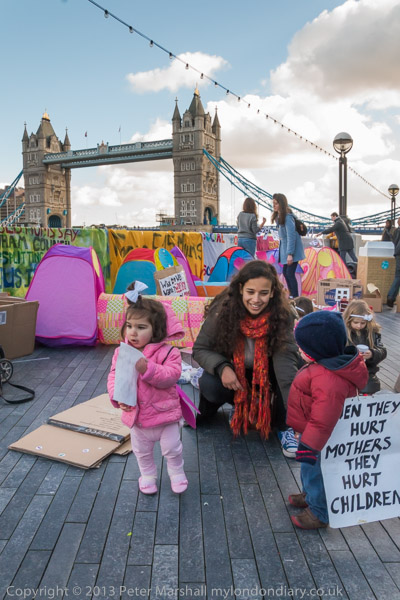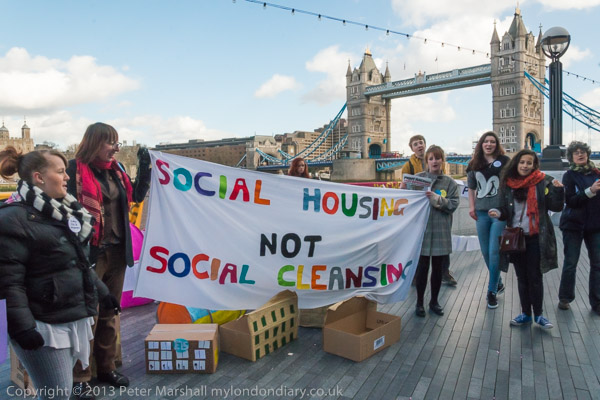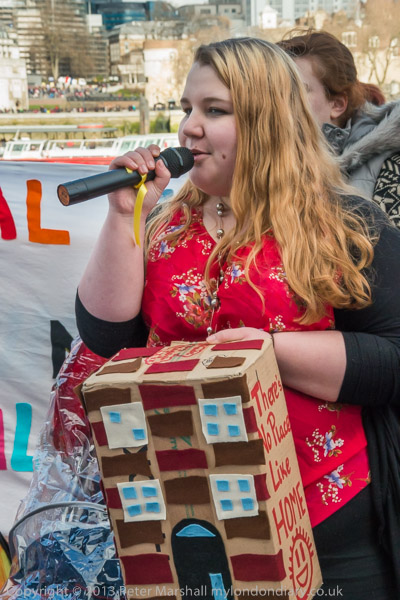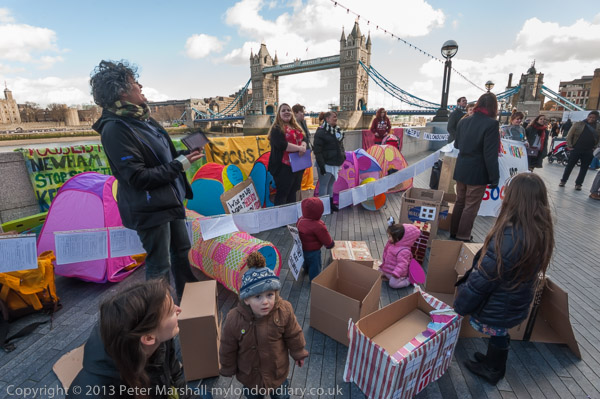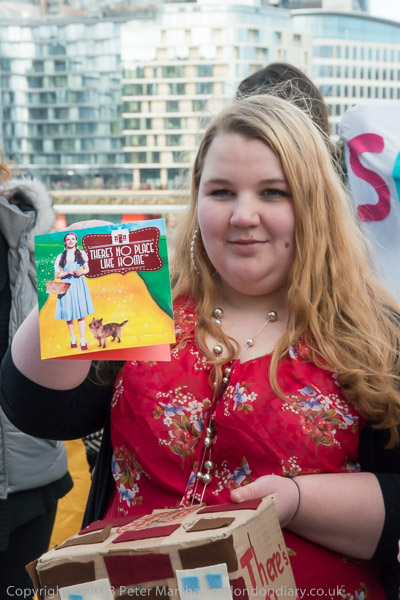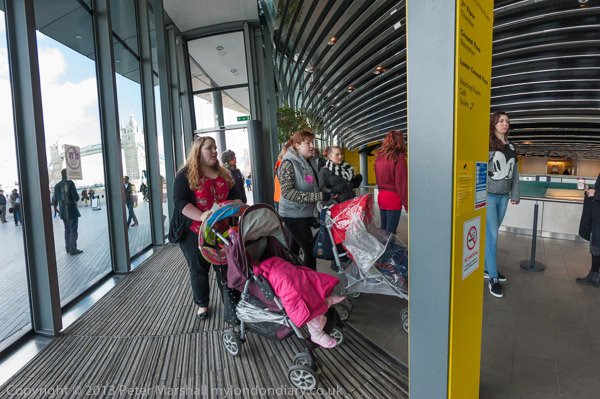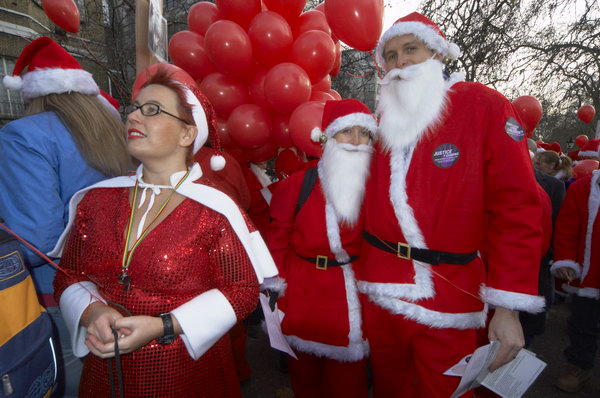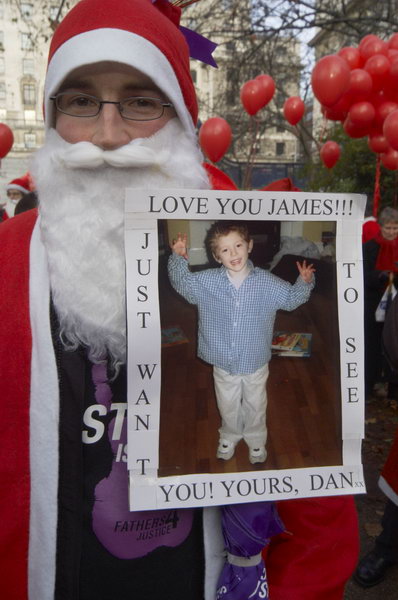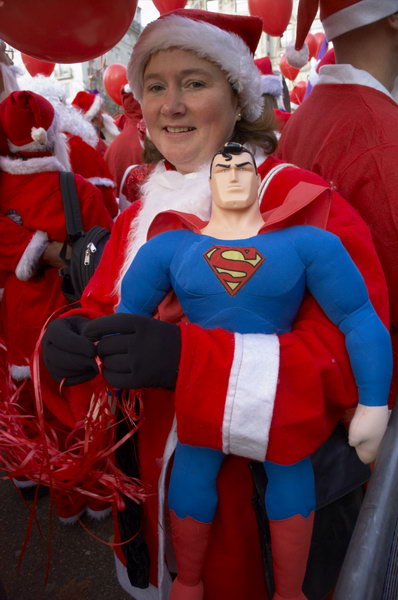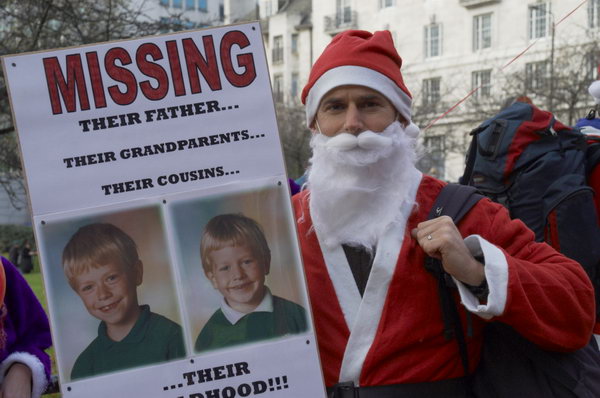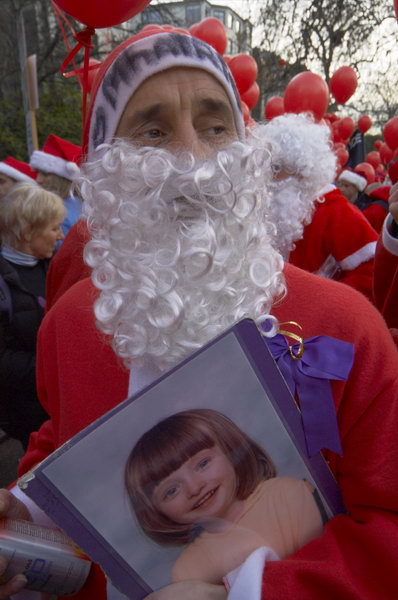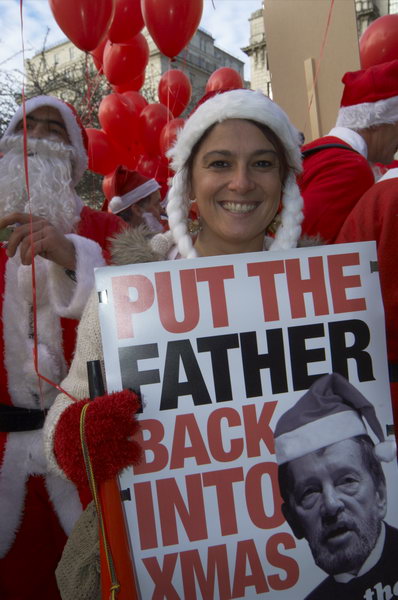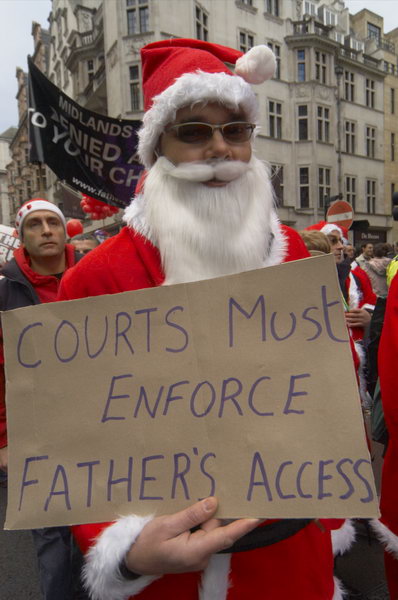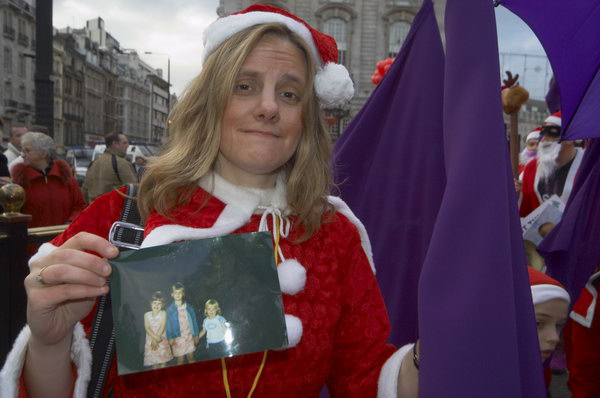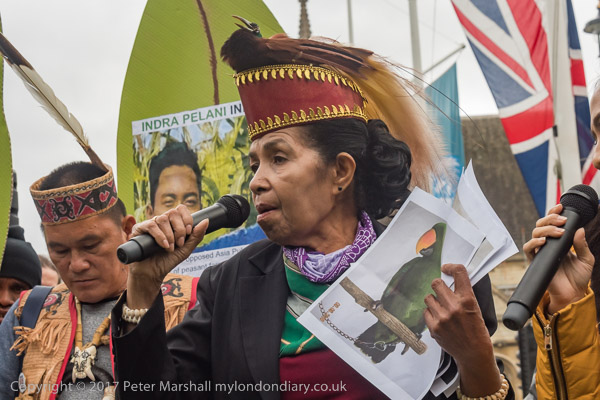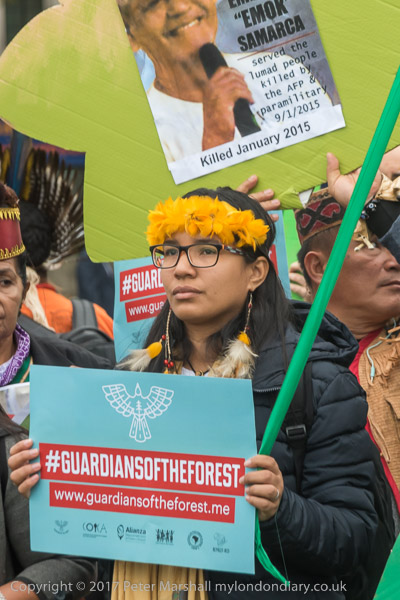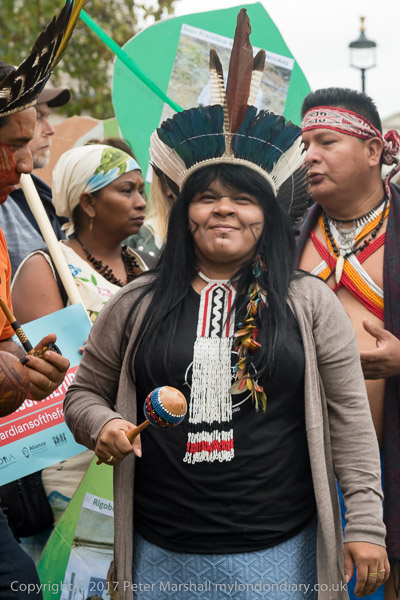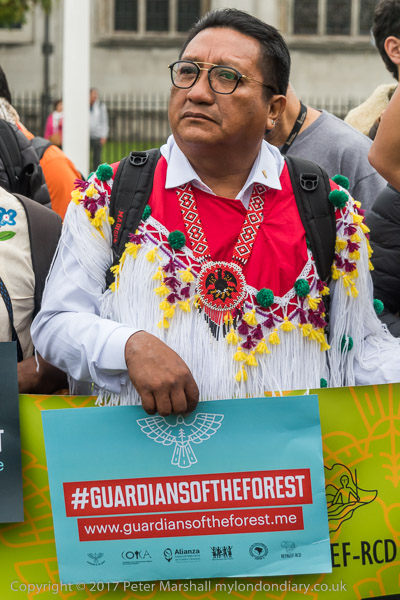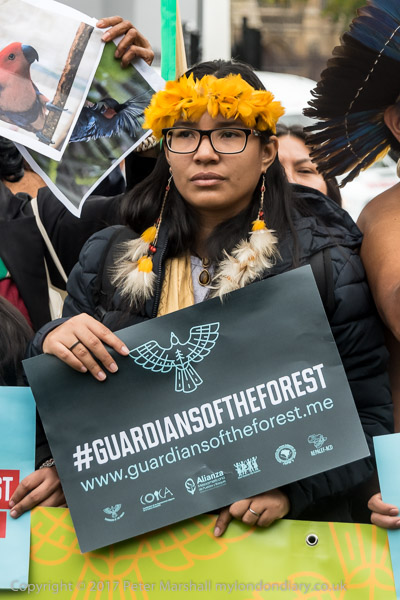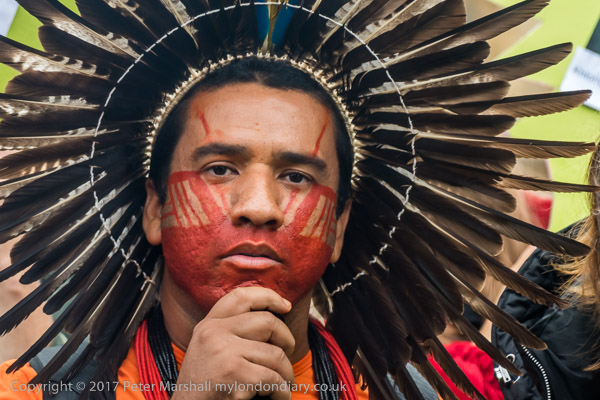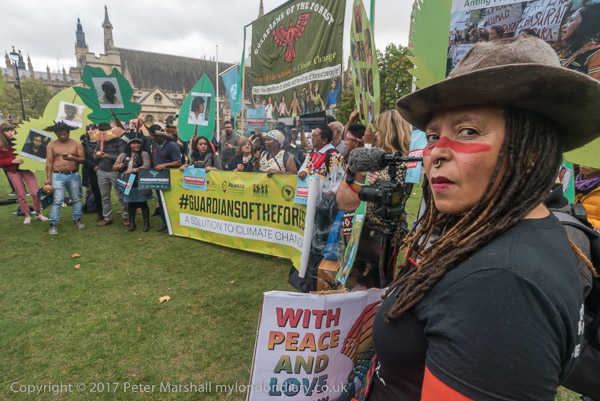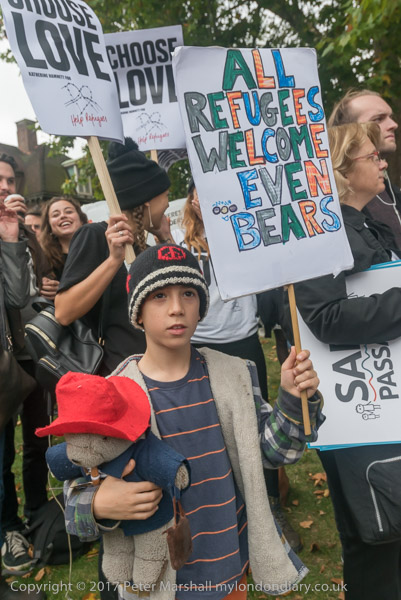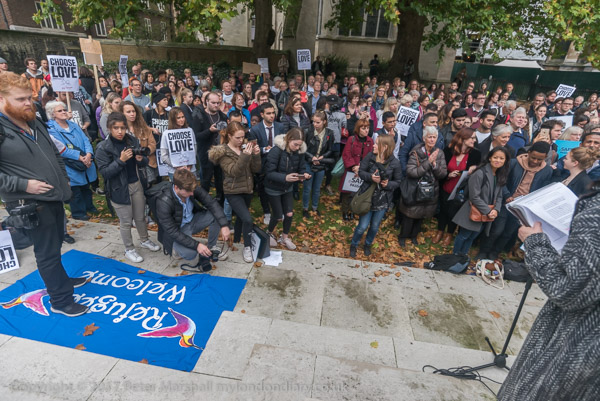On Sunday 22nd September 2013 Druids carried out their annual Autumn Equinox (Alban Elued) ceremony on Primrose Hill at noon and later in the day women from the radical fundamentalist Islamist organisation Hizb ut-Tahrir Britain marched from Paddington Green in protest against the chemical attacks and massacres of women and children by the Assad regime in Syria. Between the two events I spent some time taking pictures around the Paddington Arm of the Grand Union Canal.
Druids Celebrate Autumn Equinox – Primrose Hill
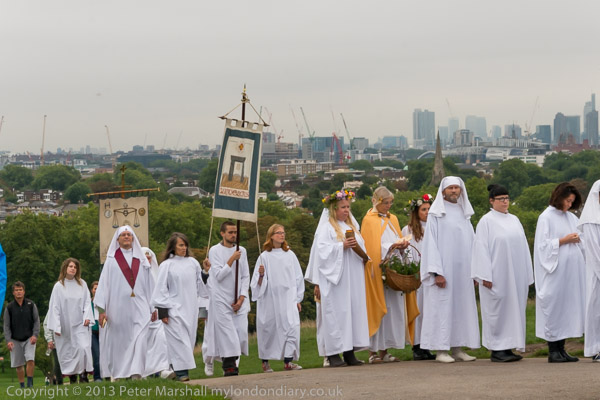
Every year for a little over 100 years the Druid Order have celebrated the Autumn Equinox on Primrose Hill, a site of historical significance in the history of Druidism and the re-invention of a Druidic tradition. Here on the Autumn Equinox in 1716 John Toland made a call for a meeting of Druids a year and a day later at the Apple Tree Tavern in Covent Garden, and on Midsummer’s day 1792 Iolo Morganwg (1747-1826) held the first meeting of the Gorsedd of the Bards of the Isle of Britain, the precursor of the modern Eisteddfod.
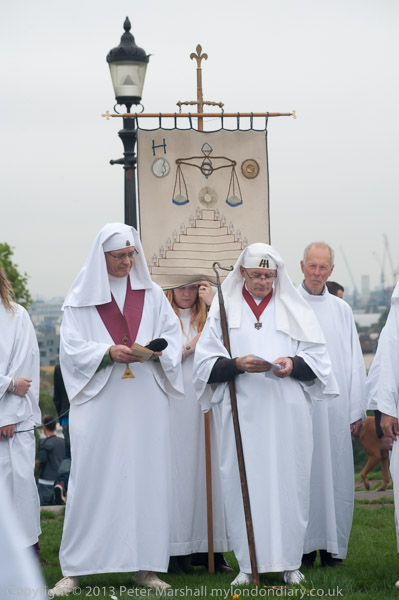
Morganwg was the bardic name of Edward Williams and his work “was a prime force behind the cultural revival that saw the birth of modern Wales” according to the University of Wales Centre for Advanced Welsh and Celtic Studies whose web site describes him as “a profoundly complicated character: a struggling provincial poet in London, a manipulator and victim of the world of literary patronage, a radical, a medievalist, a forger of pasts, an opium eater and a forceful and opinionated critic.”
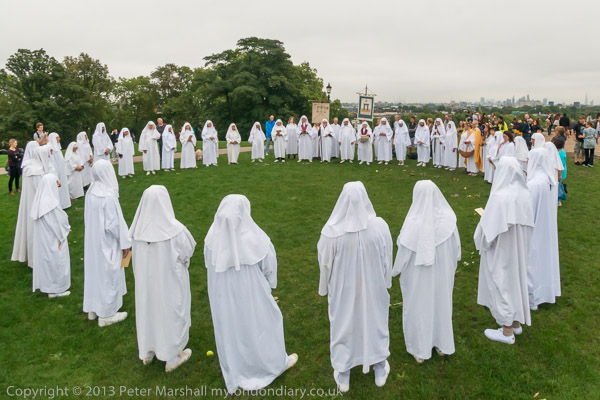
Most of the Druidic traditions we now have come from forged manuscripts he produced in particular the “Gorsedd Beirdd Ynys Prydain” (“The Gorsedd of Bards of the Isles of Britain”.) It was only in the twentieth century that the extent of his imaginative forgeries became clear. But although his work came almost entirely from his own extremely fertile imagination it had a dramatic effect in creating a new view of the Welsh nation.
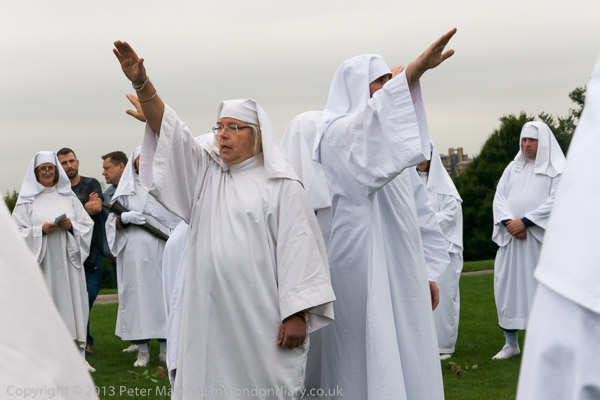
The Druid Order made its first recorded appearance at the Summer Solstice at Stonehenge in 2021, though its founder, the remarkable George Watson MacGregor Reid, a trade union and Labour party activist with a great interest in oriental mysticism was probably there 3 years earlier. In 2014 he returned for the Solstice describing himself as a High Priest and “the direct successor of the Chief Druids who have been” and dressed in a very similar manner to that still adopted by The Druid Order.
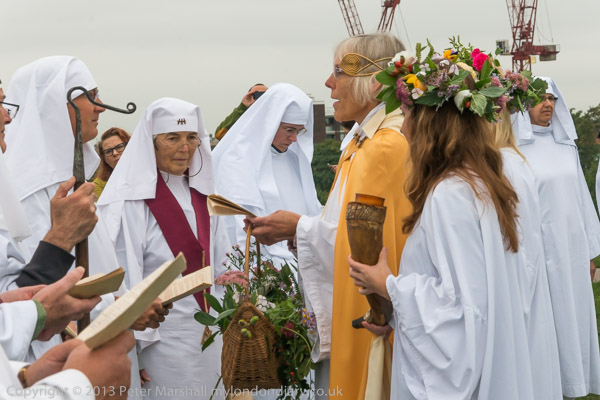
I’ve photographed the Equinox ceremonies of the Druid Order, Spring at Tower Hill and Autumn on Primrose Hill on several occasions and have been impressed by the solemnity and spirituality of those taking part. Whatever its origins, it is a movement which respects the Earth and is peace loving and free-thinking with the apparent aim of developing themselves through being rather than through intellectual learning.
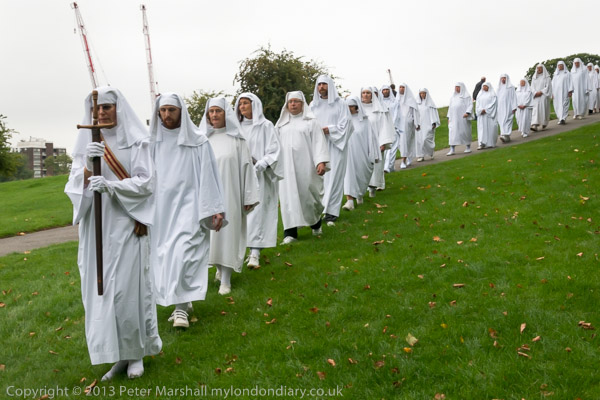
My account on My London Diary gives quite a detailed description of the event both in pictures and text so I won’t repeat that here.
Druids Celebrate Autumn Equinox
Paddington Basin – Paddington
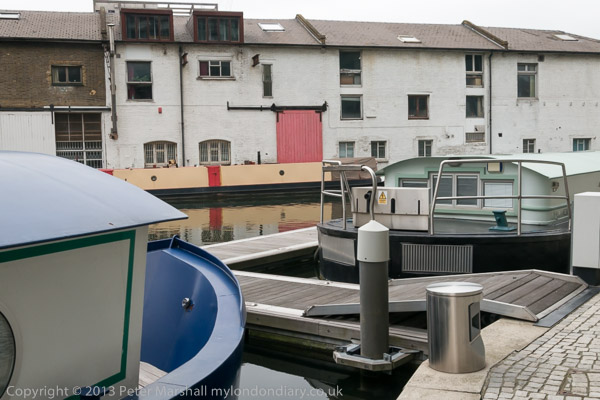
The main line of the Grand Union Canal enters the River Thames at Brentford, from where it was possible for goods to travel along the river to London, but a direct canal route was obviously desirable and only two years after the Act of Parliament for the main route to Brentford was passed a further Act to allow the construction of a canal joining the this to a canal basin at Paddington, then on the western edge of London. This opened in 1801.
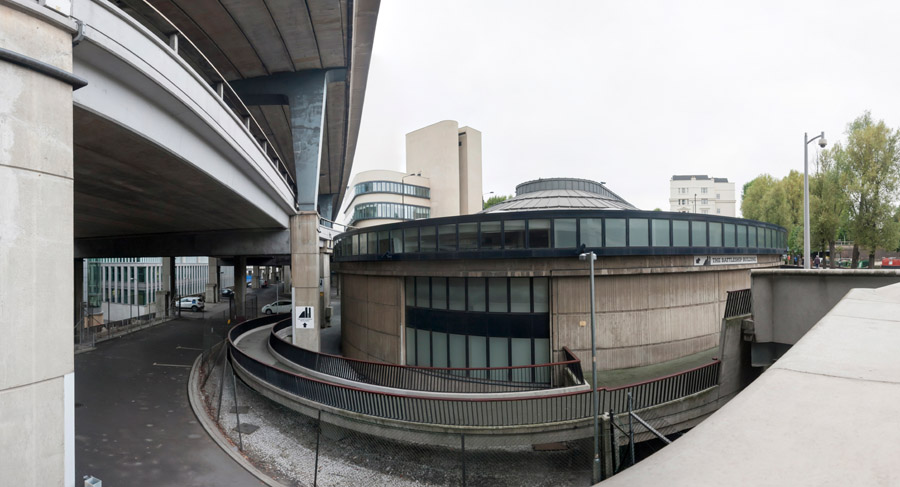
Unusually there are no locks on the 22km of the Paddington Arm – and you can travel a total of around 43 lock-free miles along the pound made up by it the Grand Union and Regents canal.
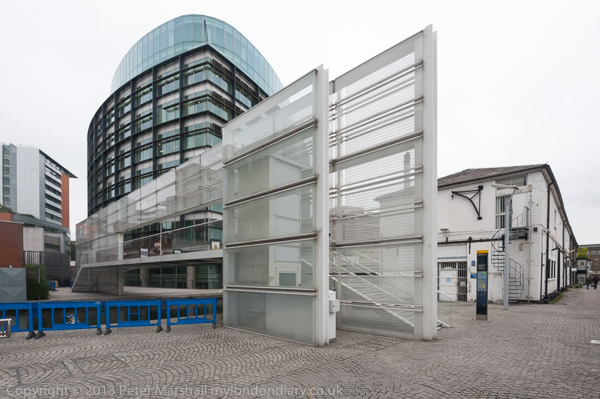
The area around the final length of the Paddington Arm from Little Venice to Paddington Basin has been the site of huge redevelopments in the past thirty or so years. A few older canalside buildings remain. Much of the land and paths open to the public in the area are on private land.
Hizb ut-Tahrir Women March for Syria – Paddington Green
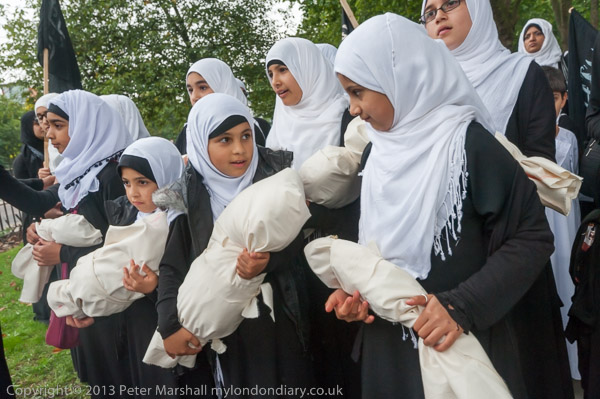
Over a thousand woman gathered on Paddington Green for a march to the Syrian Embassy to show solidarity with women and children in Syria and to condemn the chemical attacks and massacres being carried out by the Assad regime.
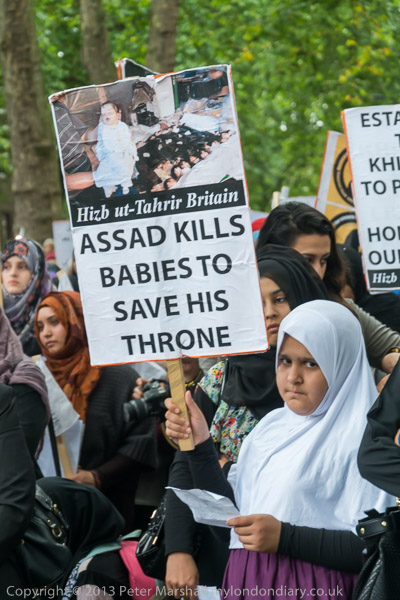
Hizb ut-Tahrir oppose Western military intervention in Syria but call for the replacement of the current corrupt rulers in Islamic states by a Khilifah (caliphate), a state that will truly implement Islamic values and end the corruption and oppression of the current states. They call for Muslims to rise up and get rid of corruption, and in particular of “the criminal regime of the butcher Bashar Al Assad” in Syria, and for “Muslim armies to mobilise and replace the rule of the dictator with the rule of Allah.“
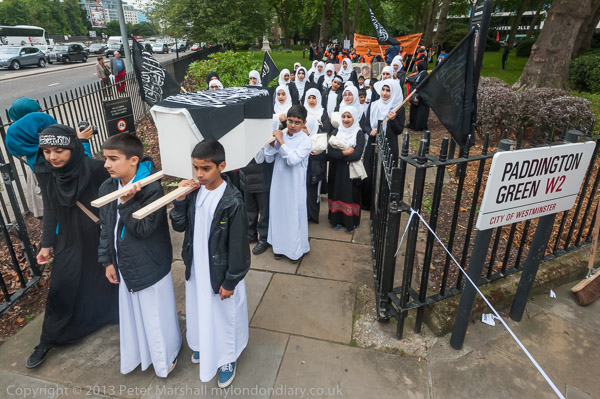
At the front of the march children carried a small coffin and other children and women carried bundles representing dead children. There were a few young boys taking part, but I saw few men – just one small group with a banner and a heavy public address system – and the event was clearly led by the women, almost all of whom were wearing headscarves, with very few in niqabs or burqas which covered the whole face.
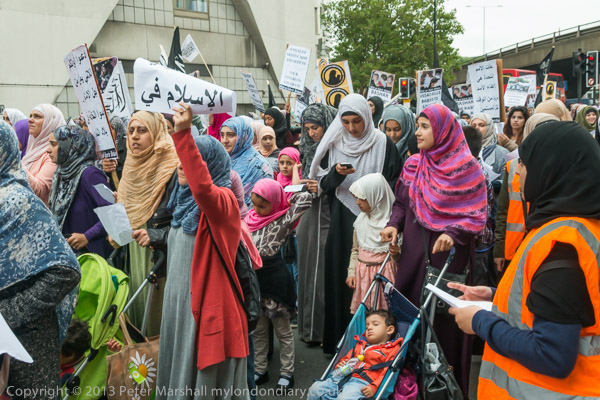
At most other Hizb ut-Tahrir protests I’ve photographed there have been clearly separate groups of men and women, and I’ve sometimes had problems with male stewards for photographing the women, though not from the women themselves. At this event most seemed keen to be photographed to help get their message across. I left the march which was going to the Syrian Embassy in Belgrave Square at Edgware Road.
Hizb ut-Tahrir Women March for Syria
